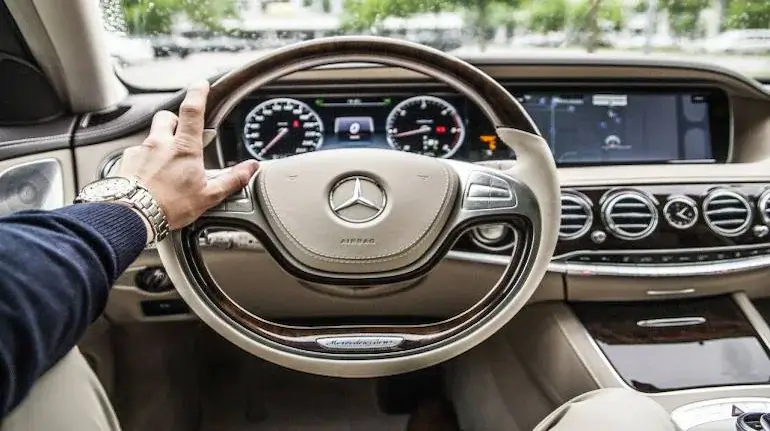Staring down the price tag of a new car can be a scary thing. When you’re about to spend thousands of dollars, it’s tempting to save money by going for the car with the lowest price. As counterintuitive as it sounds, however, that cheap car can end up costing you in the long run. The low price tag might conceal high insurance costs, constant expensive repairs, or hundreds spent every month at the gas station.
You don’t need to buy the cheapest car to save money, nor do you have to splurge on a luxury car to get the features, performance, and comfort you want. The Best Cars for the Money awards find the balance between cars that focus on value and cars that provide excellent ownership experiences. They’re not just good cars, they’re also good deals over the long haul.
How You Measured Quality
To measure a vehicle’s quality, we use its overall score from the U.S. News Best Car rankings. The consensus opinion of the automotive press on things like how well a car drives, how comfortable its interior is, and how well its connectivity and tech features work. We combine that analysis with fuel economy, cargo space, and safety and reliability data to get a numerical overall score, which we use to measure quality in the Best Cars for the Money awards.
How You Measured Value
The actual cost of a car is much more than its price tag, or the final price you negotiate with the dealer. Every car has significant ongoing costs, like repairs, fuel, and insurance. To measure the kind of value a car offers, we start with five-year total ownership costs from Vincentric. We then combine that information with real-time transaction prices reported by our partner TrueCar. Those two measures together provide a car’s value score for the Best Cars for the Money.
